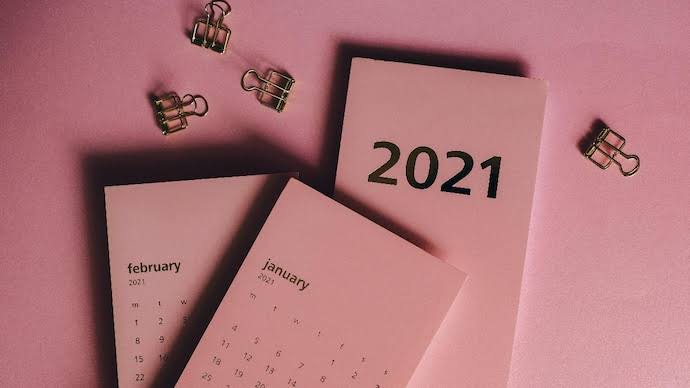Introduction
February is the shortest month of the year, but did February 2021 have 28 or 29 days? This question often confuses people, especially when leap years come into play. If you’re wondering, “How many days were in February 2021?”—you’re in the right place!
In this blog post, we’ll explore whether 2021 was a leap year, how leap years work, and why February sometimes has 28 days and sometimes 29. We’ll also look at some fun facts about February and answer some common questions about the month. Let’s dive in!
Was 2021 a Leap Year?
No, 2021 was not a leap year. That means February 2021 had 28 days, not 29.
Leap years occur every four years, adding an extra day (February 29) to the calendar. The last leap year before 2021 was 2020, and the next one after that is 2024.
How Do Leap Years Work?
Leap years exist because the Earth takes about 365.242 days to orbit the Sun. Since a standard calendar year only has 365 days, we need an extra day every four years to keep our calendar in sync with the Earth’s movement.
However, there’s a small catch! A year is only a leap year if:
- It is divisible by 4 (e.g., 2020, 2024).
- BUT, if it is also divisible by 100, it must also be divisible by 400 to be a leap year.
- Example: 1900 was not a leap year (divisible by 100 but not 400).
- Example: 2000 was a leap year (divisible by 100 and 400).
Since 2021 is not divisible by 4, it was not a leap year, and February had only 28 days.
Why Does February Have 28 Days?
Unlike other months with 30 or 31 days, February is unique because of an old Roman calendar tradition. Here’s why:
- The original Roman calendar had 10 months, and winter wasn’t counted.
- Later, January and February were added, making the year 12 months long.
- February, being the last month in the old Roman calendar, got the short end of the stick with 28 days.
- When leap years were introduced, an extra day was added to February instead of any other month.
So, February remains the only month with fewer than 30 days, unless it’s a leap year!
Fun Facts About February
💡 February is the only month that can have four full weeks (starting on a Monday) or no full weeks at all!
💡 The name “February” comes from the Latin word “Februa,” meaning purification.
💡 February once had 30 days! In 45 BCE, Julius Caesar adjusted the calendar, giving February 28 days and adding leap years.
💡 Groundhog Day happens in February—on February 2nd. If the groundhog sees its shadow, winter continues; if not, spring comes early!
Frequently Asked Questions (FAQs)
1. How many days were in February 2021?
February 2021 had 28 days because 2021 was not a leap year.
2. When is the next leap year?
The next leap year is 2024, which means February 2024 will have 29 days.
3. What if I was born on February 29?
If you were born on February 29, you have a leap day birthday! You typically celebrate on February 28 or March 1 in non-leap years.
4. Do leap years affect the calendar?
Yes! Leap years help keep our seasons and calendar aligned with Earth’s orbit around the Sun. Without leap years, our calendar would slowly drift out of sync.
5. Can February ever have 30 days?
No, February never has 30 days in the modern calendar. However, in ancient Roman times, it once did!
6. Is February the only month with a variable number of days?
Yes! February is unique because it has 28 days in common years and 29 days in leap years.
Conclusion
So, now you know—days in february 2021 because it was not a leap year. Leap years only happen every four years, with the next one coming up in 2024. The reason February is the shortest month is due to the Roman calendar system and historical changes over time.
February may be short, but it’s packed with interesting history, fun traditions, and even an extra day every four years! Now, the next time someone asks, “How many days were in February 2021?”—you’ll have the perfect answer!


